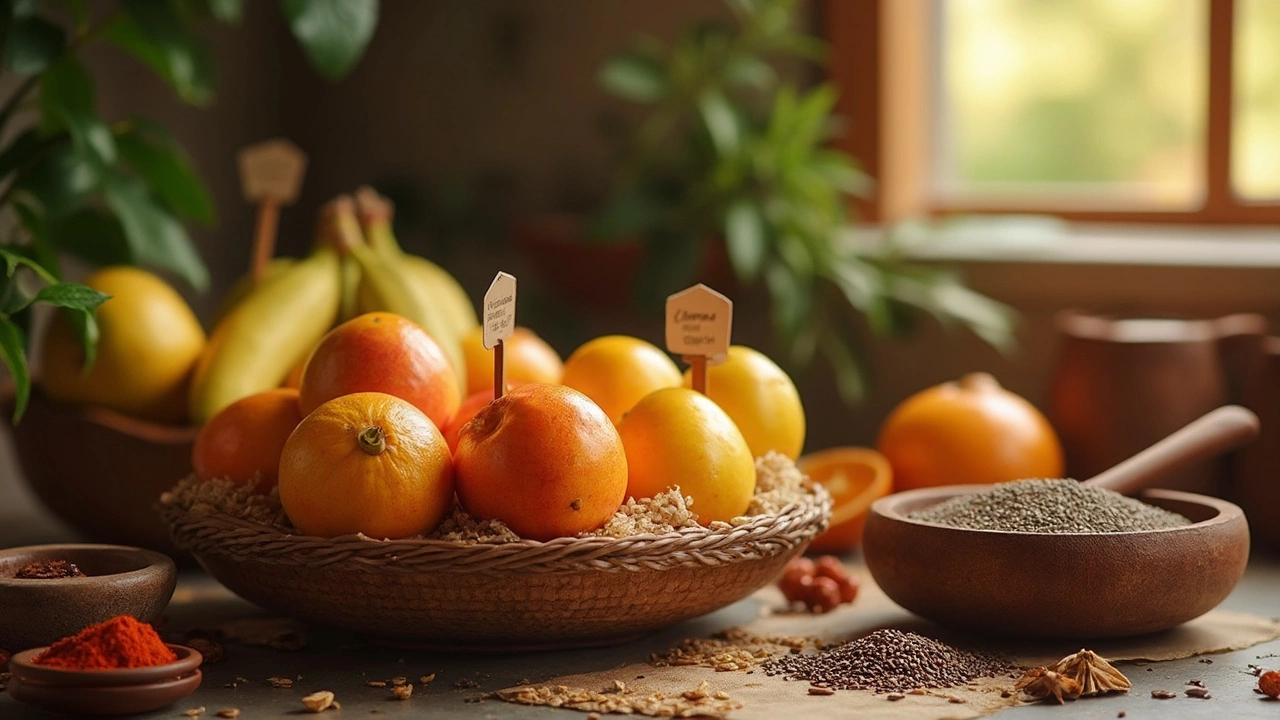Weight Management Tips for Indian Cooking
When you think about weight management, the practice of keeping body weight in a healthy range through diet, activity, and lifestyle choices. Also known as weight control, it helps lower disease risk and boost everyday energy. A solid nutrition plan and smart portion control are key tools for anyone who loves Indian food but wants to stay fit.
Weight management requires balanced calorie counting – knowing how many calories each dish adds up to. Indian recipes often pack protein from lentils, paneer, or chickpeas, which can keep you full longer and curb snacking. For example, a bowl of dal provides both carbs and protein, making it a great base for a low‑calorie meal. Adding spices like turmeric or cumin adds flavor without extra calories, so you don’t need to rely on heavy sauces.
Practical Ways to Keep Your Meals Light
One easy trick is to measure rice or roti portions before cooking. A half‑cup of cooked basmati contains about 100 calories, while a medium roti is roughly 70‑80 calories. Pairing these carbs with a generous serving of vegetables and a modest amount of dal or grilled paneer creates a balanced plate. If you’re watching carbs, try swapping white rice for cauliflower rice or using millets, which have a lower glycemic impact.
Another smart move is to use cooking methods that need less oil. Baking, steaming, or grilling tandoori chicken beats deep‑frying for both taste and calorie count. When you do need a splash of oil, go for a teaspoon of mustard or coconut oil and let the spices do the heavy lifting. This way you retain the authentic taste of Indian dishes while trimming the fat.
Weight management also benefits from mindful eating. Eat slowly, savor the aromas, and stop when you feel about 80% full. This habit alone can shave 10‑15% of your daily calorie intake without feeling deprived. Pairing meals with a side of fresh salad or cucumber raita adds volume and fiber, helping digestion and keeping you satisfied longer.
Finally, track your progress with a simple notebook or phone app. Log the main dish, portion size, and any extra toppings. Over a week you’ll spot patterns – maybe you’re using too much ghee in biryani or adding extra cheese to paneer dishes. Adjusting those small habits can make a big difference in your weight goals.
The articles below dive deeper into specific Indian foods, from the protein punch of dal to the calorie tricks in biryani, and show exactly how to enjoy them without derailing your health plan. Keep reading to discover practical tips, quick swaps, and tasty recipes that fit right into your weight‑friendly lifestyle.

Well Health Organic and Weight Management: What Works?
Struggling with weight management? Fear not. This guide covers practical, organic strategies for maintaining a healthy weight. Discover useful tips like the calorie content of common fruits and the benefits of simple ingredients such as chia seeds, all while focusing on well health organic practices.

Can You Eat Roti Every Day Without Gaining Weight?
The question of whether one can eat roti every day without gaining weight is one many ponder. With a typical roti containing around 70-80 calories, the type of flour used and additional accompaniments like ghee can impact its caloric value. By understanding these factors, it becomes possible to incorporate roti into a healthy diet. This article explores practical tips for enjoying roti daily while keeping weight in check.